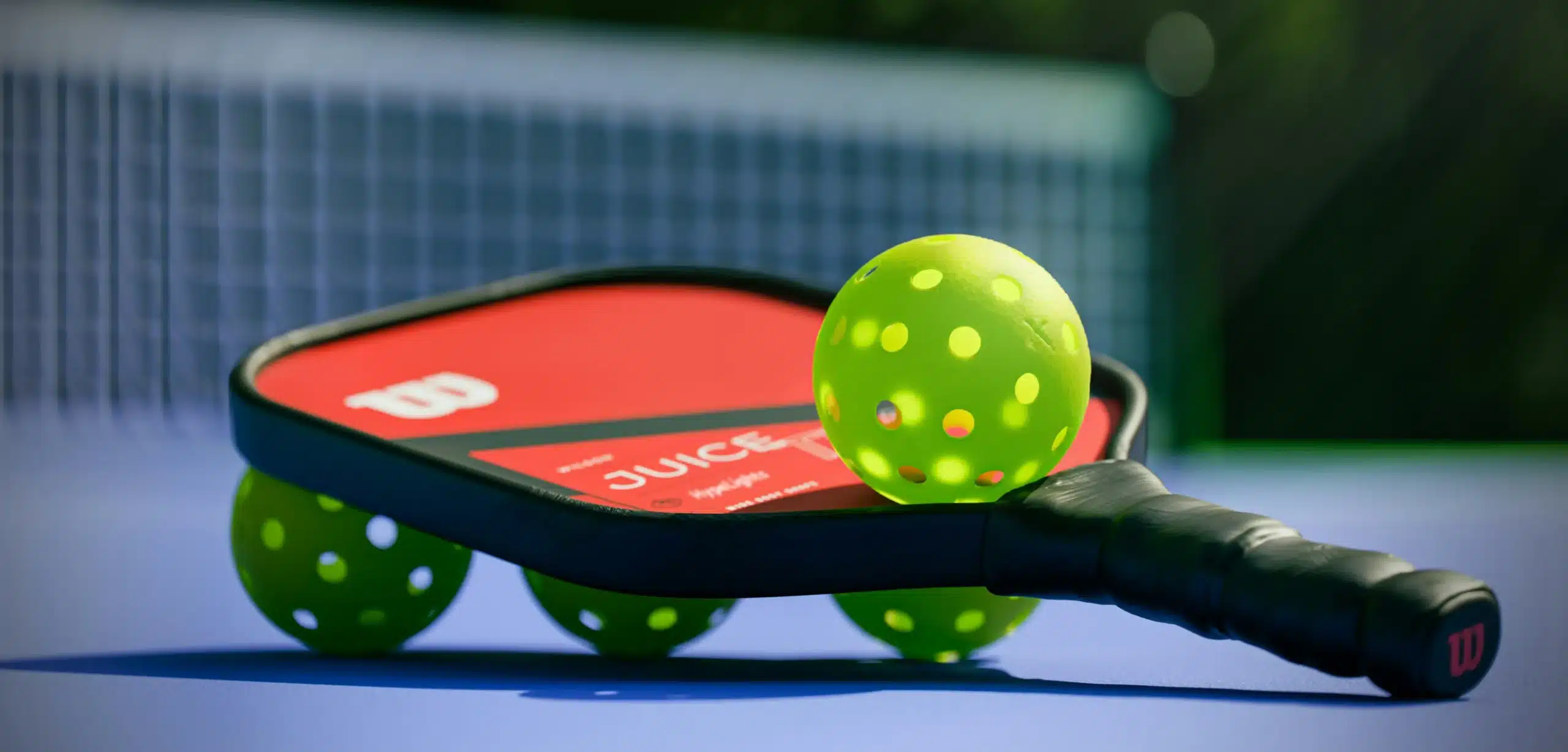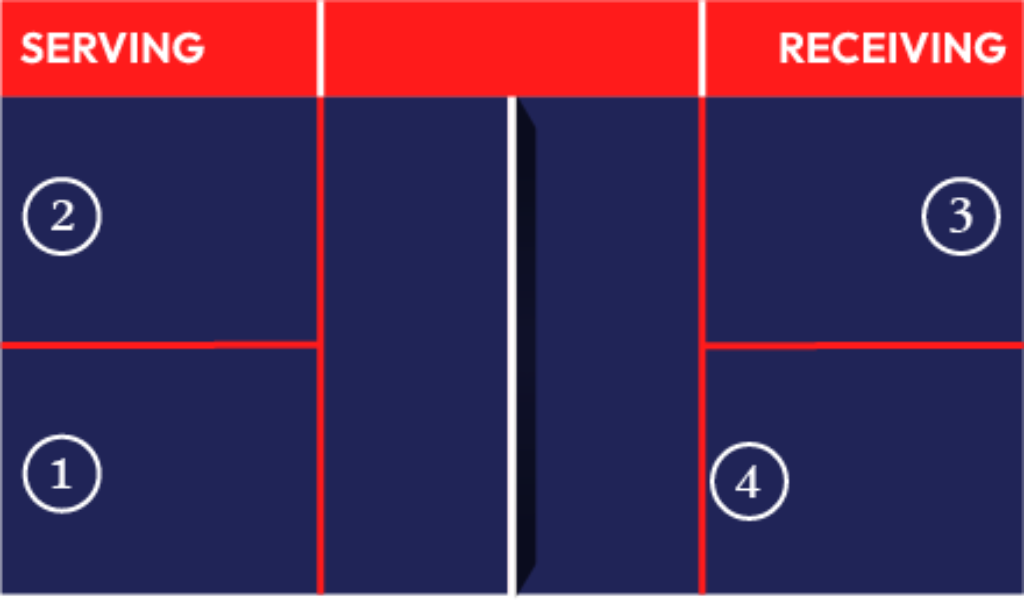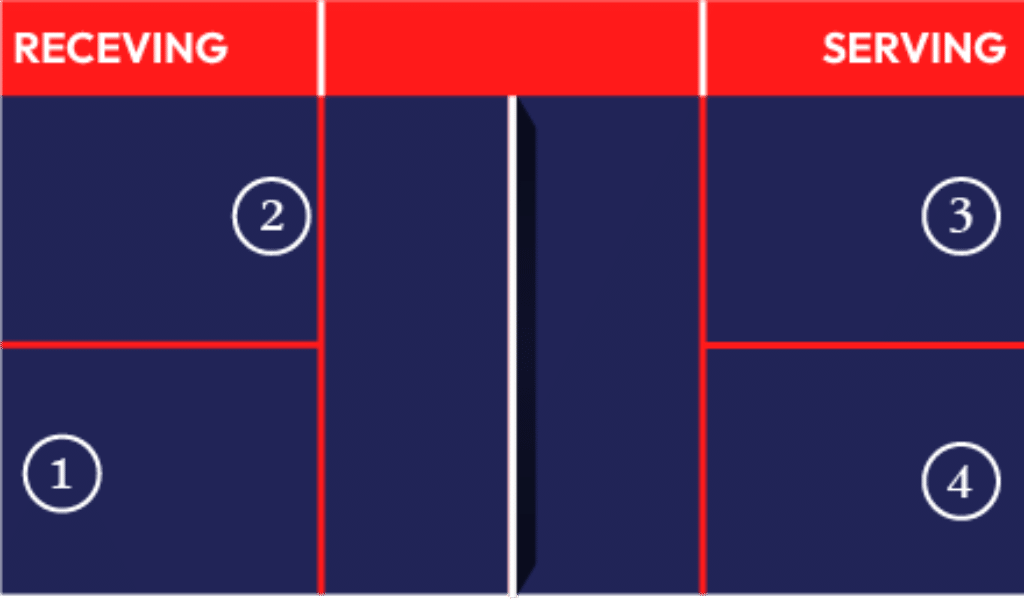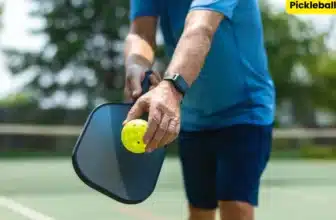
Ever find yourself questioning, in a game, “Did I really win that point?” In pickleball, scoring can be a challenging task, especially for newcomers. Double play is one idea that baffles pickleball players especially. In this article, we shall go over the fundamental pickleball scoring rules and how to score pickleball in great depth.
Here is Quick way to learn basic scoring rules in pickleball:
- Pickleball games typically reach 11 points.
- Scoring is limited to the serving player.
- Verbalizing your score is a reserve requirement.
- Singles pickleball scoring involves 2 numbers; doubles scores have 3.
- After scoring a point, players shift to the other service court.
What is the Meaning of Winning Score?
When you win a game, your “winning score” is the highest score you got until the end. It means the person or team that got it won the event.
The term can be used in this way:
The winning score in a game is the last score that beats the other team(s). In a pickleball match, the winning score is based on the rules of that type of game. In a game meant to be won by two points, for example, if the end score is 11-8, the winner is 11. If one player or team had 11 points and their opponent had 8, then that player or team won the game.
The important thing about the winning number is that it sets the standard for success and shows who won in that situation.
Decoding Pickleball Scoring:
Singles vs. Doubles
| Singles Pickleball Scores (2 Numbers) | Doubles Pickleball Scores (3 Numbers) |
| In singles pickleball, you may see that the scores are represented by two numbers. | Doubles pickleball introduces a third number to the scoring in pickleball. Now, this may seem a bit more complicated than the singles pickleball scoring system, but after a few games of pickleball, you will definitely understand what these 3 numbers mean. |
| The first number denotes the server’s score, and the second number indicates the receiver’s score, both capped at 11. | The third number reflects the server number. The first two digits work just like the first two numbers in singles, indicating the serving team’s and receiving team’s scores. |
| For example, if the score is 7-10. This implies that the server has 7 points, and the receiver has 10. Remember, games must be won by a margin of 2 points. | The third number, either 1 or 2, means the server number within the team. This dynamic element keeps players on their toes, as server numbers can change throughout the game. |
Player Position for Doubles:
Who comes first for the first serve in pickleball rules and scoring? The player standing at the right-hand block gets to serve first as the game starts. This will send the ball diagonally across the court.

When it comes to pickleball scoring, clarity is key. A point scored prompts the server to switch to the left side, giving the next serve sideways. The serving team’s players gracefully shift from right to left or vice versa after each successful point. Failing to score for pickleball doesn’t start a side change for the serving team.


Meanwhile, the receiving team maintains its position, undisturbed by the score. The serving torch passes on after a fault, and the pattern repeats: first fault, switch servers; second fault, pass the ball to the receiving team. Throughout the game, the player on the right takes the lead for the serve, keeping the pickleball match in rhythm.
Explaining Server Numbers
The third number in doubles pickleball scores represents the server number. It could be alternating between 1 and 2. When gaining control, the player on the right service court serves first as server 1; a fault prompts the switch to server 2. This rotational system ensures no player remains consistently on server 1 or 2, a common misunderstanding among beginners.
Why Calling Pickleball Scores Aloud?
Pickleball courts don’t boast digital scoreboards. Rather, players must announce scores before serving. This practice is attached to USA Pickleball’s official rules.
Wondering about another crucial aspect of the game? Well, let’s talk about how to keep score in pickleball. While non-tournament games may allow for such a thing to happen, tournaments often implement rigid score-calling regulations. Failure to do so may result in faults or replayed serves, emphasizing the importance of forming the habit early.
- The serving player announces the score before each serve.
- In singles, the game starts with “0, 0,” while in doubles, it begins with “0, 0, 2.”
- Adopting this practice aligns with etiquette and prevents potential faults or replay situations.
- Ensures a smoother gameplay experience for everyone involved.
Court Movement Dynamics:
Another thing that many beginners don’t know about the court dynamics movements. Here are a few court movement dynamics you need to know about:
- Players need to switch sides after scoring a point.
- In doubles play, the serving side, not the receiving side, changes positions.
- For example, starting on the right side means switching to the left after scoring a point.
- This dynamic keeps players attuned to the game’s rhythm and positions.
Faults and Side Outs
Here are a few other points you need to consider when learning about pickleball scoring:
- Importance of Avoiding Faults in Pickleball:
- Especially crucial for servers 1 or 2 to prevent faults.
- The fault occurs when the serve is incorrect, resulting in a side-out.
- Opponents gain a chance to serve, and you lose the opportunity to score points.
- Starting Side Determination:
- The score affects the starting side of the game, whether it is odd or even.
- Significance of Proper Positioning:
- Proper positioning helps avoid faults and provides a game benefit.
- Being on the correct side is essential to prevent mistakes and position yourself for a better chance of winning.
Pickleball Court Etiquette
As a beginner, taking responsibility for score calling becomes integral. Even in everyday play, calling out scores before serving aligns with good etiquette. While occasional reverses are legible, regular score announcements instill a sense of discipline and contribute to a smoother gaming experience. It is a small but crucial aspect of the game that separates beginner players from those who know the complexities of pickleball.
Bottom Line
If you’re new to pickleball and want to know how to score, this guide has all the information you need to get started. In pickleball, there’s more to love than just the numbers. There are the bonds, the strategies, and the pure fun of the game. Whether you’re playing pickleball for fun or in a game with a lot at stake, knowing how to score can make your whole experience better and every match more fun. Meanwhile, the receiving team maintains its position, unperturbed by the score. The serving torch passe






